Filtering in JavaScript
The filter() method returns a new array containing elements that pass a function’s test. The filter() method does not run the function for empty elements. The original array is unaffected by the filter() technique.
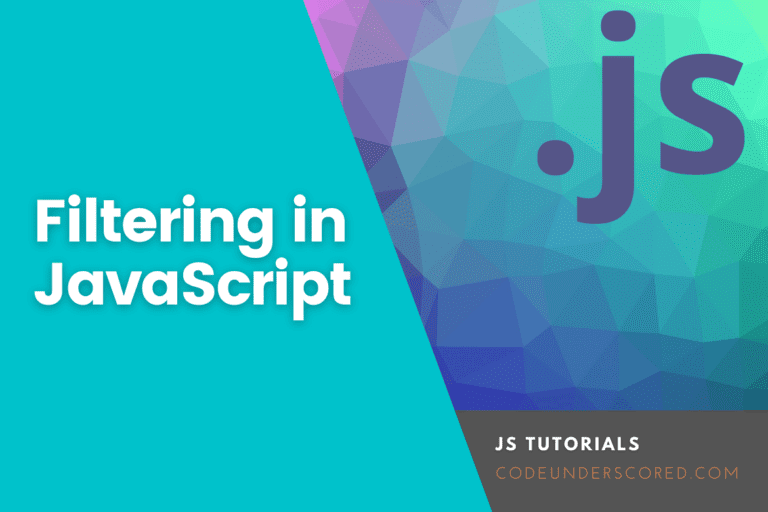
The filter() method returns a new array containing elements that pass a function’s test. The filter() method does not run the function for empty elements. The original array is unaffected by the filter() technique.
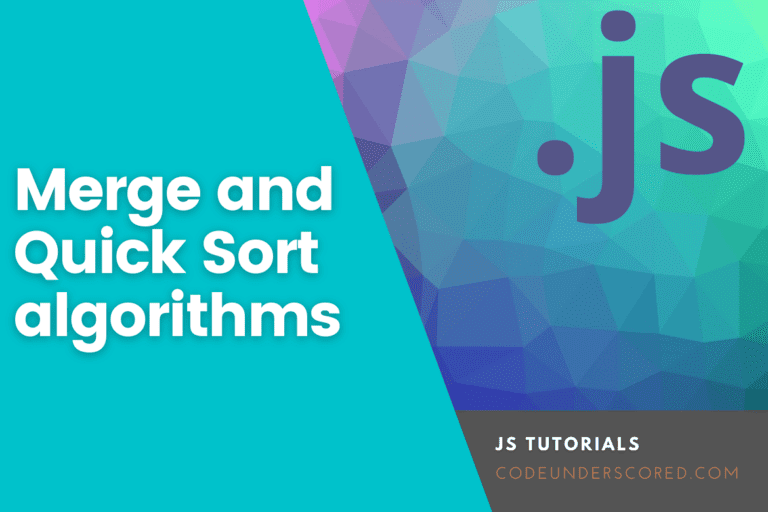
These algorithms are what we call intermediate sorting algorithms. The main reason for using these algorithms is the lack of scalability in algorithms such as bubble sort. Understanding the limitations of the latter algorithms is critical. For instance, sorting an array of 100000 elements using bubble sort will take a lot of time to complete. Because of this, we need a quick way to sort massive arrays faster.
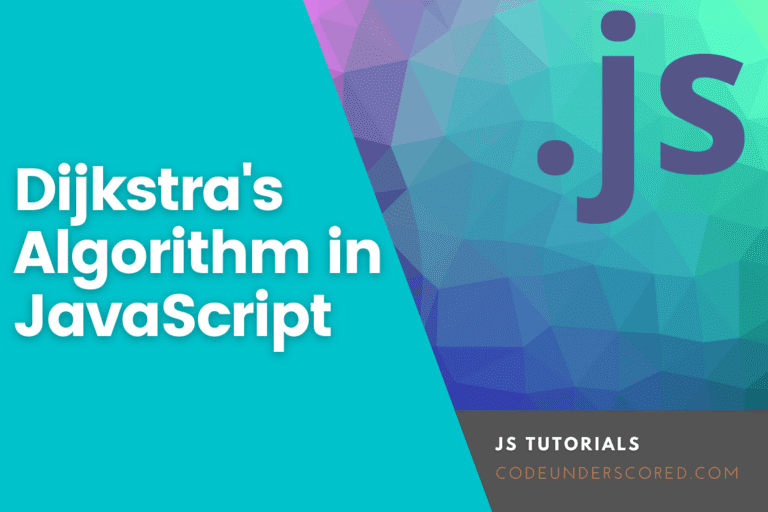
The Algorithm was developed by Edsger Dijkstra, a Dutch programmer, physicist, essayist, and generally an all-around smarty-pants. By a substantial dimension, he helped advance the field of computer science from an “art” to an academic discipline. In fact, most of his discoveries and algorithms are still commonly used today.
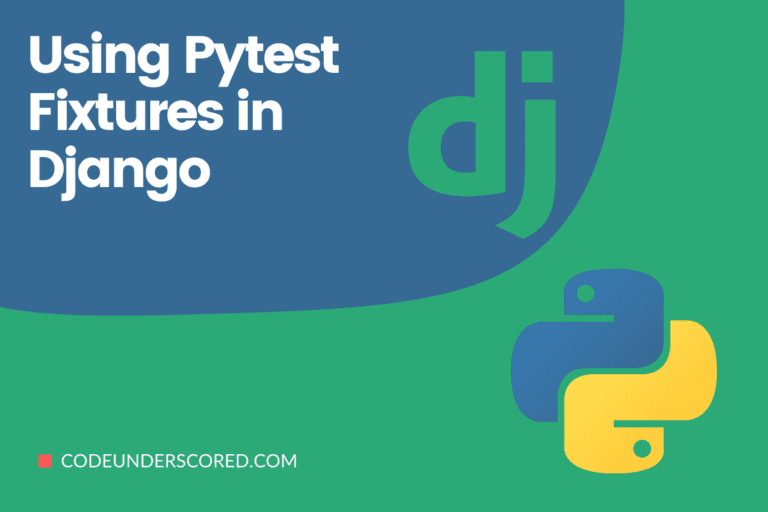
As your projects expand, there are many code boilerplate, maintainability, and duplication issues with the test framework that Python and Django provide. It’s also not a particularly pythonic method of writing tests. Pytest makes writing tests more effortless and more beautiful.
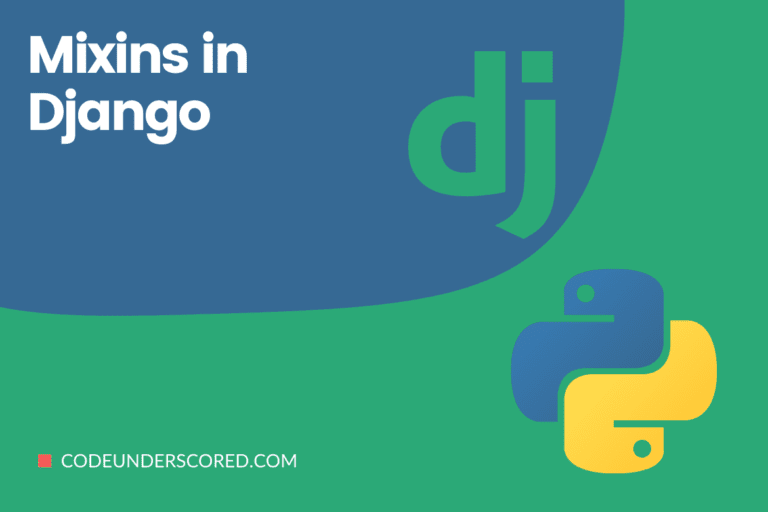
When you mix generic views with Mixins, their true power emerges. A mixin is another class you create and whose methods your view class can inherit. Assume you want the additional variable ‘page_title’ in the template to appear in every view. You create a mixin using this method and let your views inherit instead of overriding the get_context_data method each time you develop the view.
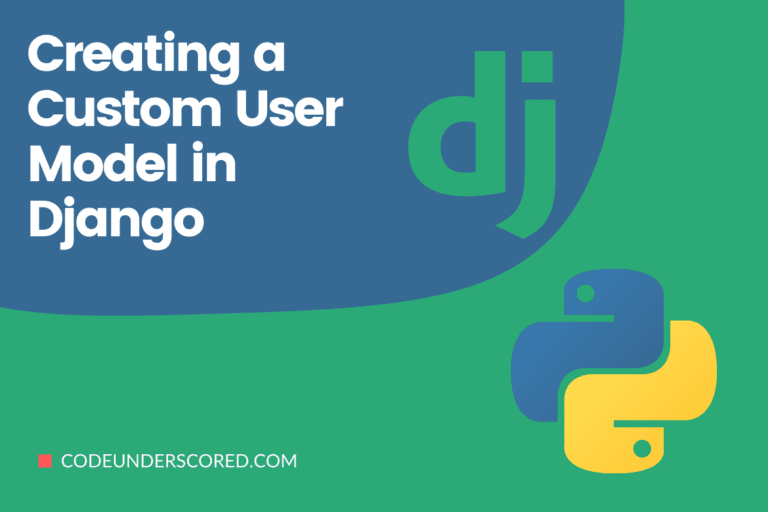
The built-in User model and authentication functionality in Django are fantastic. For a long time, it’s been a Django mainstay. It is Django’s source of preference over alternative web frameworks like Flask, FastAPI, AIOHttp, and others. When a username and password contained in the user model need to be authenticated against a service other than Django’s default, authentication backends provide an expandable system.
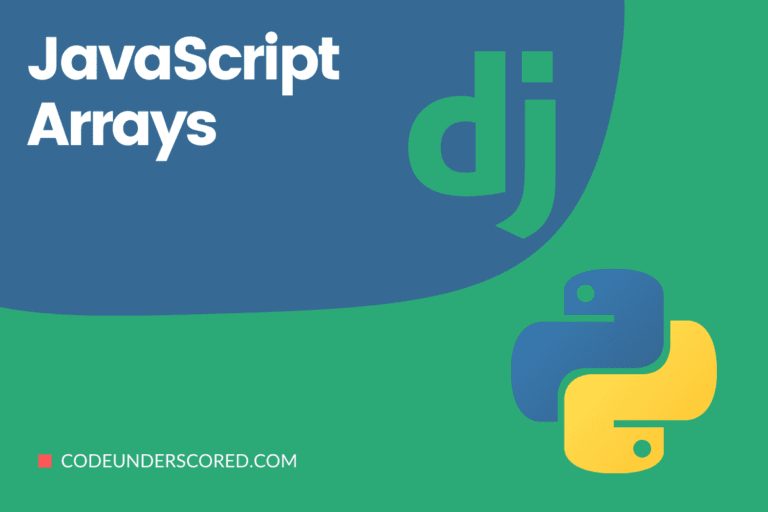
An array is a variable type holding several values. If you have a list of objects, for example, a list of computer names, you could store the computers in separate variables like this.
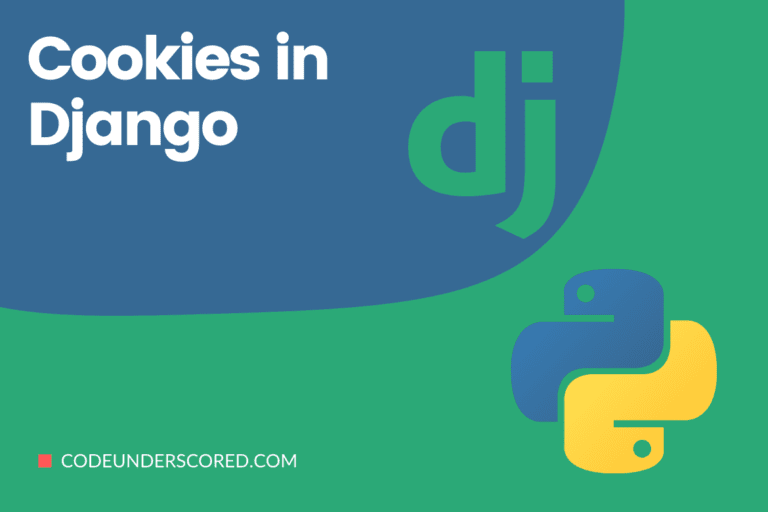
A cookie is a tiny data bit stored in the client’s browser. It is used to save user data in a file or specified time permanently. Your browser keeps them locally, and most browsers will display you the cookies that have been generated under the Privacy and Security settings.
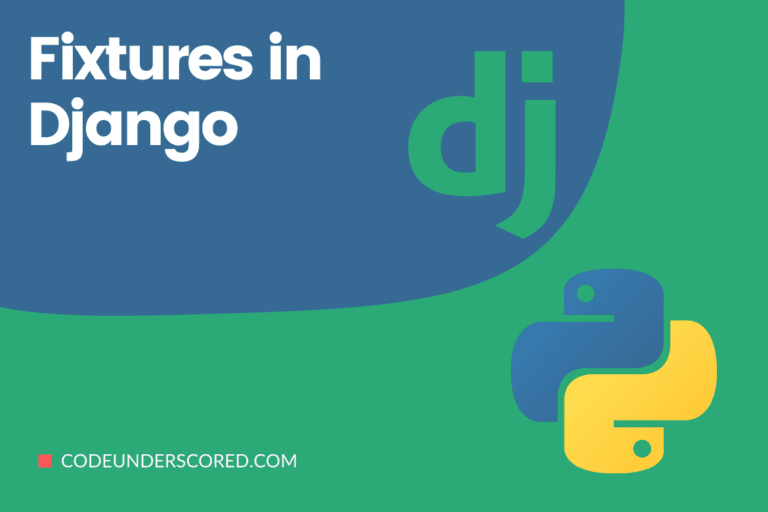
Fixtures are data collections that Django may read and load into its database. Fixtures store data that has already been collected. Fixtures are essentially a means for Django to export and import data into a database.
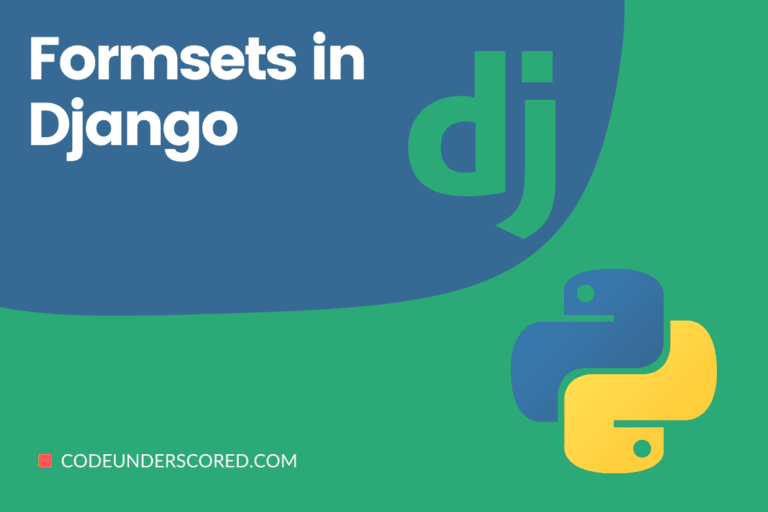
A formset is an abstraction layer that allows you to deal with several forms on a single page. It’s easiest to relate it to a data grid. Let’s imagine you’ve got the following Form:
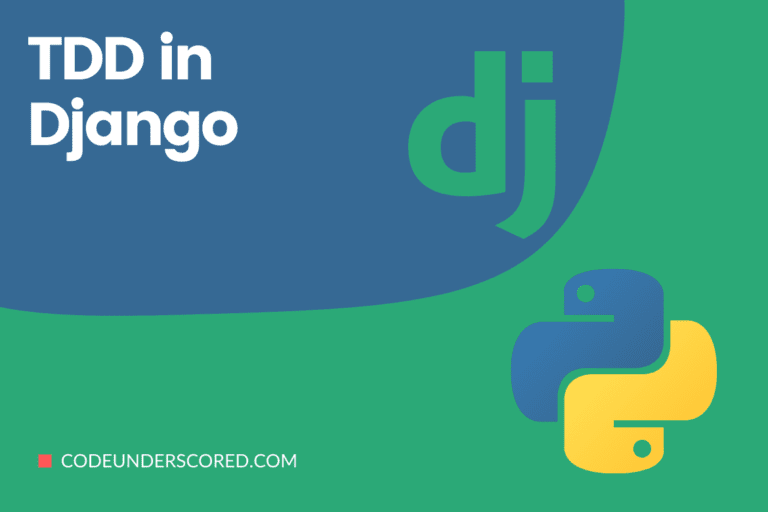
Test-Driven Development (TDD) is a technique in software development in which tests are developed first, followed by source code. The following bullet points are used to summarize its workflow:
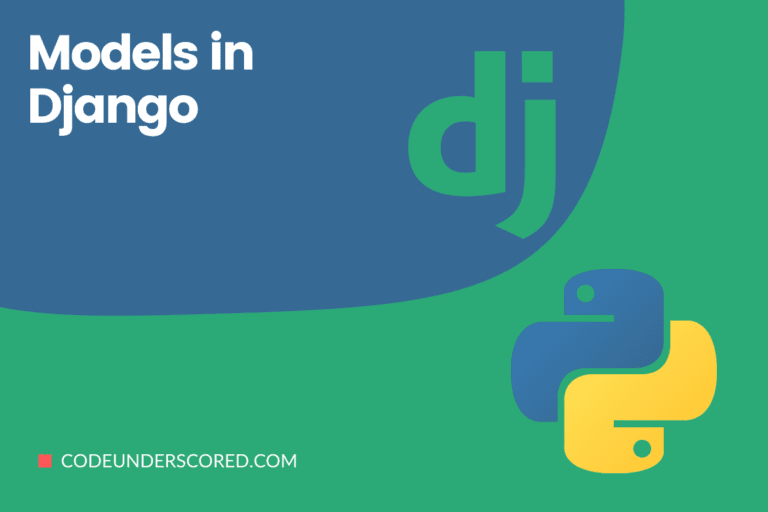
A model is the sole, authoritative source of your data’s information. It comprises both the fields and the actions needed by the data stored. As a convention, one model maps to a single table in the database.